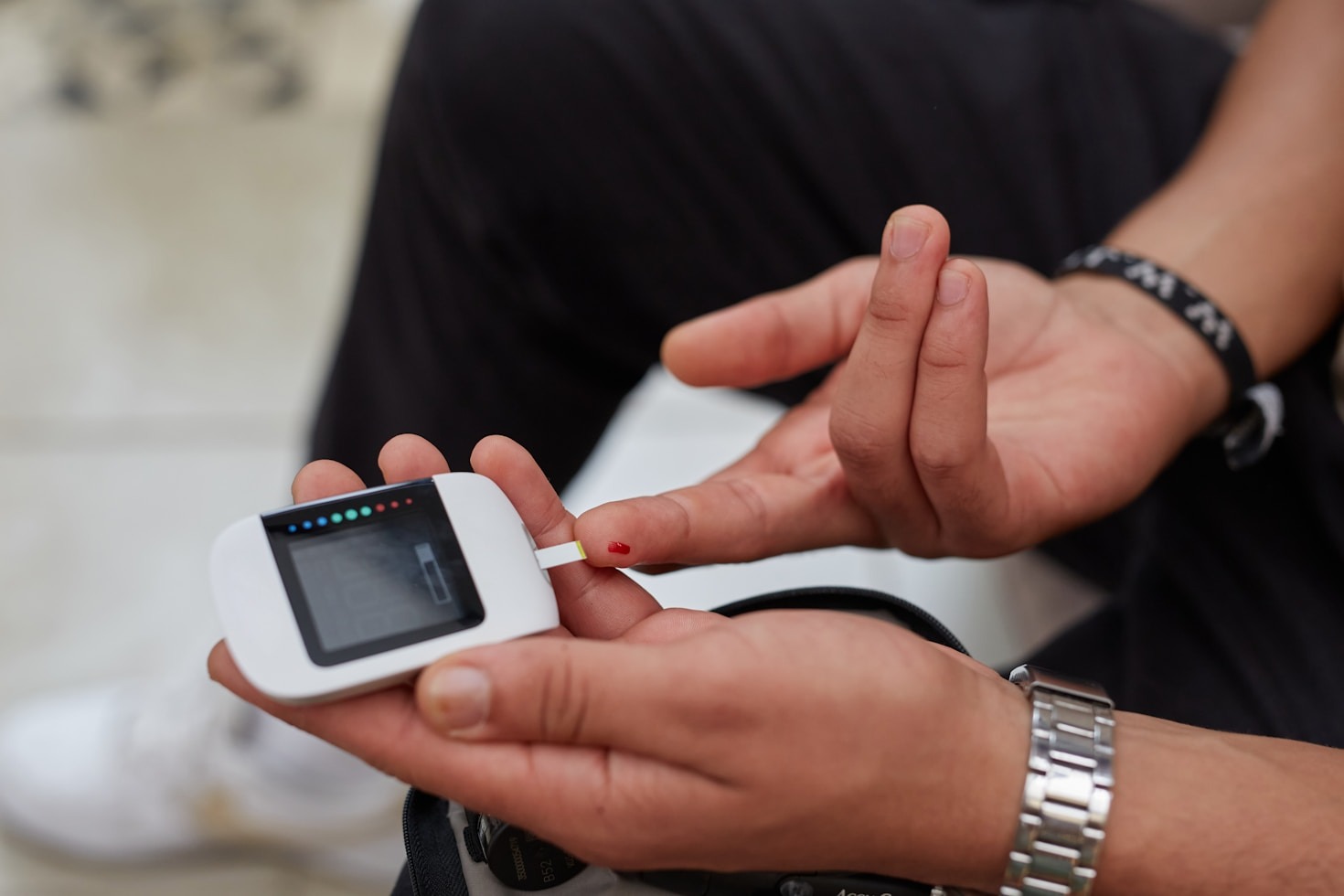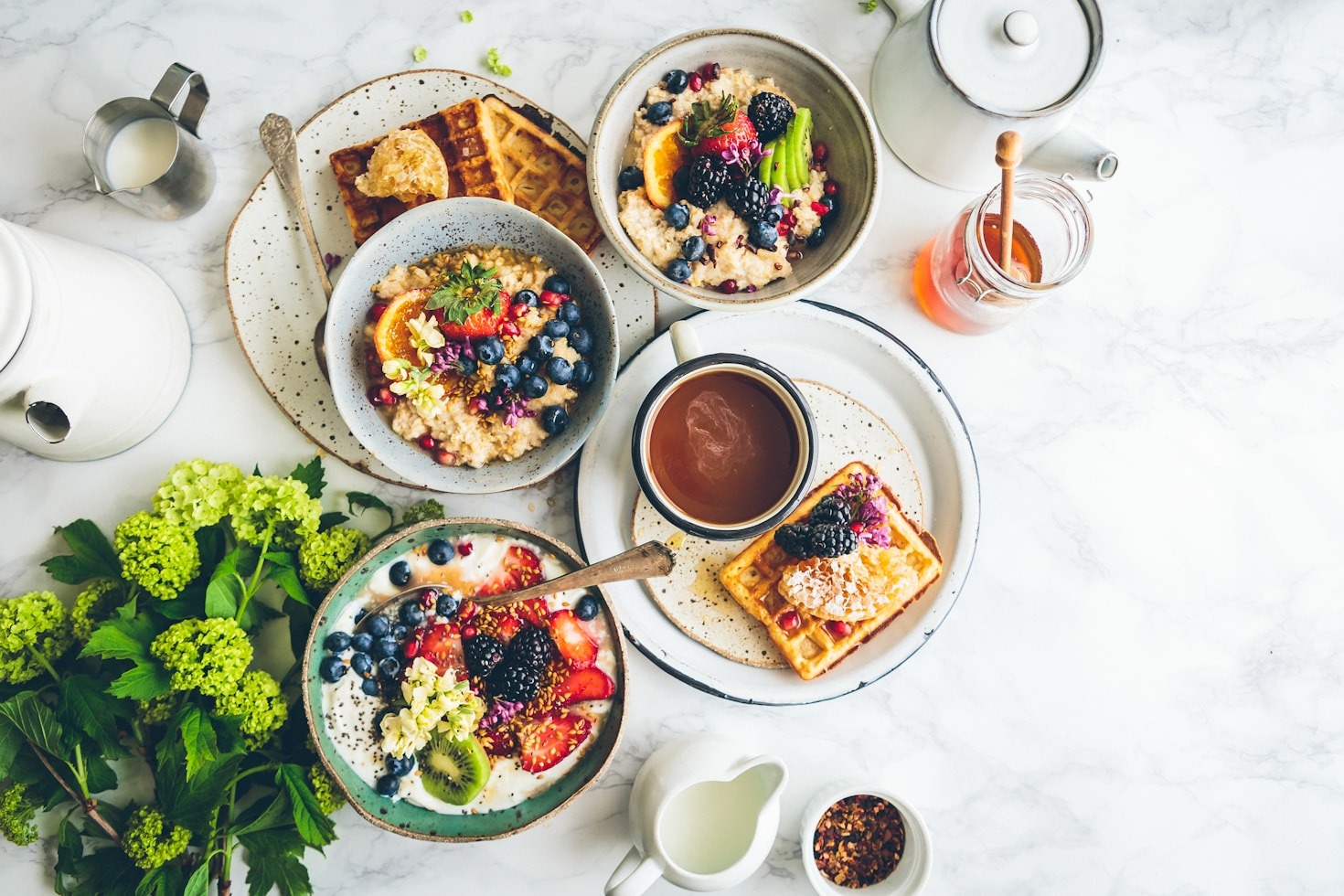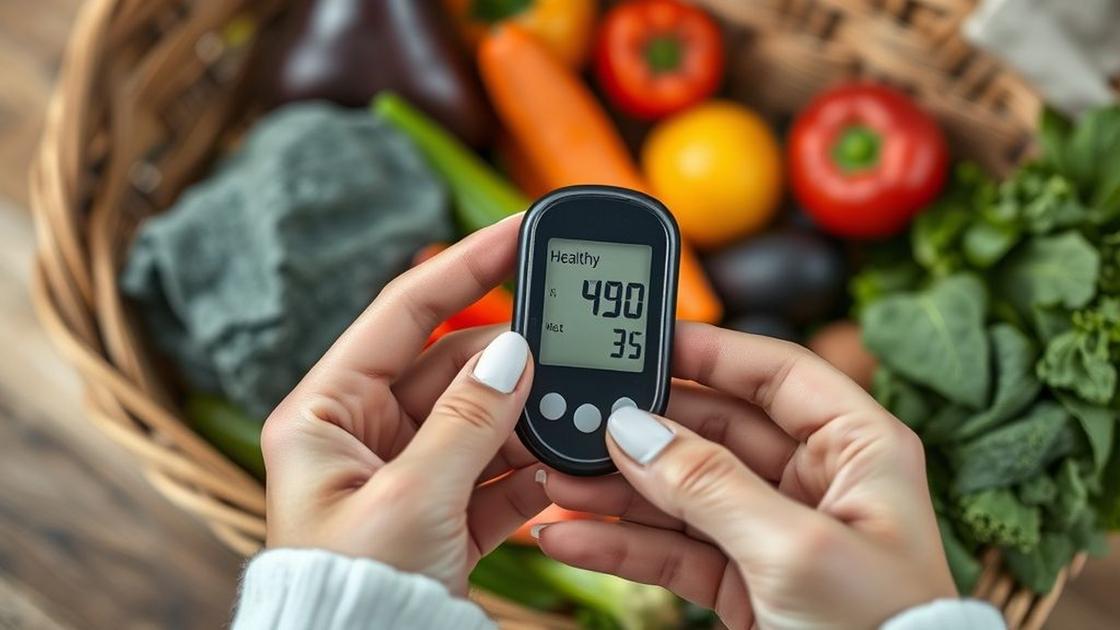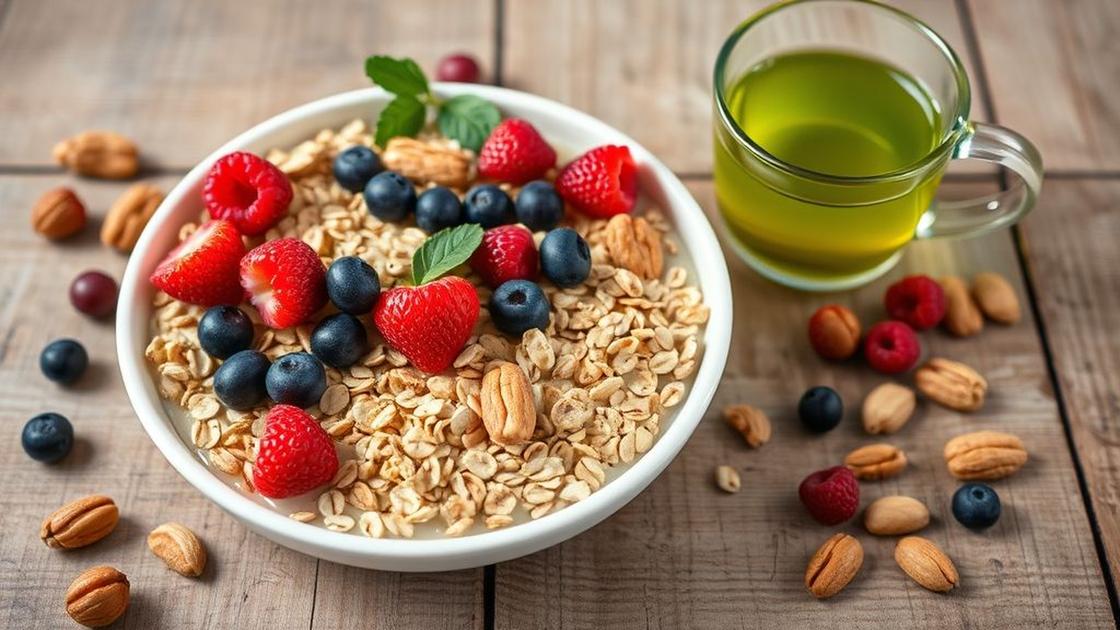Are you feeling tired, anxious, or out of balance? Many women over 30 face common challenges like fatigue and hormonal shifts that can leave you feeling less than your best. If you’ve ever wondered how to lower sugar naturally, you’re not alone. Discovering simple food swaps can play a significant role in restoring your energy and mood. It’s time to take charge of your health with easy changes you can start right now!
Understanding Sugar’s Impact on Your Body
Most of us have heard that too much sugar can be detrimental to our health, but do we truly understand its impact? Sugar can lead to various health issues such as fatigue, hormonal imbalances, and anxiety. When we consume sugary foods, our bodies go through a cycle of energy spikes and crashes, leaving us feeling exhausted and moody.
Sugar can also contribute to weight gain, which can further affect our confidence and happiness. As women over 30, we often have to juggle many responsibilities, and low energy can make everything feel harder. Recognizing how sugar affects our bodies is the first step toward making healthier choices.
The Benefits of Reducing Sugar Intake
Lowering sugar can lead to numerous benefits. Here’s a quick look at what you stand to gain:
- Increased Energy: Reducing sugar helps stabilize blood sugar levels, leading to more consistent energy throughout the day.
- Better Sleep: Fewer sugar spikes can improve your quality of sleep, potentially easing insomnia.
- Improved Mood: A balanced diet may alleviate anxiety and depressive symptoms, providing a brighter outlook.
- Weight Management: Cutting down on sugar can help regulate your appetite and make maintaining a healthy weight easier.
- Healthier Skin: Reducing sugar can decrease inflammation and lead to a clearer complexion.
By focusing on these benefits, we can gradually shift our habits toward a healthier lifestyle.
Simple Food Swaps to Lower Sugar
Making small changes can have a big impact. Here are some simple food swaps to consider:
- Swap sugary cereals: Choose oats or unsweetened granola instead. They’re nutritious and low in sugar.
- Switch juice for water: Juice can be loaded with sugars, while water keeps you hydrated without the excess calories.
- Replace processed snacks: Opt for nuts or whole fruits instead of granola bars or chips.
- Use unsweetened yogurt: Flavored yogurts can have hidden sugars, so go for plain yogurt and add your favorite fruits.
- Try honey or maple syrup: When you need a sweetener, use these natural options in moderation instead of refined sugars.
These swaps can help you create a balanced diet while naturally lowering your sugar intake.
Healthy Alternatives to Common Snacks
Feeling snacky? Instead of reaching for sugary treats, consider these healthy alternatives:
- Fruit with nut butter: Apples or bananas with almond butter make a perfect, satisfying snack.
- Air-popped popcorn: A great alternative to chips when you want something crunchy.
- Dark chocolate: If you need a chocolate fix, opt for dark chocolate with a high cacao percentage for less sugar.
- Veggies with hummus: Carrots and cucumber slices offer a crunchy, sweet flavor that pairs perfectly with protein-rich hummus.
- Greek yogurt with berries: A satisfying blend that’s both delicious and nutritious.
These healthy alternatives will help you stay on track while satisfying those cravings.
How to Read Food Labels for Hidden Sugars
It’s essential to know how to spot hidden sugars in foods. Here’s what to look for:
- Ingredient list: Ingredients are listed from highest to lowest quantity. If sugar is among the first ingredients, it’s a red flag!
- Types of sugars: Be aware of various names for sugar like sucrose, fructose, and corn syrup.
- Look for added sugars: Check for “includes added sugars” in the nutrition label. Aim for products with low or no added sugars.
- Know your daily limits: The American Heart Association recommends no more than 6 teaspoons (25 grams) of added sugar for women per day.
By mastering food labels, you’ll gain the power to make better choices.
Creative Recipes to Satisfy Your Sweet Tooth
Craving something sweet? Here are some delicious recipes to try:
- Banana Oatmeal Cookies: Mash 2 ripe bananas, mix with 1 cup of oats, and bake at 350°F for 10-12 minutes. That’s it!
- Chia Seed Pudding: Mix ¼ cup chia seeds with 1 cup almond milk and let sit overnight. Sweeten with vanilla extract or a drizzle of honey before serving.
- Homemade Fruit Sorbet: Blend frozen fruits like berries with a little water or juice until smooth.
- Energy Balls: Combine 1 cup oats, 1/2 cup nut butter, and 1/4 cup honey. Roll into balls and refrigerate.
- Yogurt Parfait: Layer unsweetened yogurt with berries and a sprinkle of granola for added crunch.
These sweet treats will keep your cravings satisfied while keeping sugar levels in check.
Tips for Staying Motivated on Your Health Journey
Staying motivated can be a challenge, but here are some tips to keep you inspired:
- Set realistic goals: Start small and celebrate your achievements, no matter how minor.
- Find your support system: Engage with friends or join online communities for encouragement.
- Keep a food journal: Track your meals and progress to become aware of your habits.
- Reward yourself: Treat yourself to non-food rewards, like a pampering session or a new book.
- Stay positive: Remind yourself that change takes time, and it’s okay to have setbacks.
With the right mindset and support, you can stay on track and make lasting changes.
The Role of Fiber in Regulating Sugar Levels
Fiber plays a crucial role in your diet. Here’s how:
- Stabilizes blood sugar: Fiber slows down the absorption of sugar, preventing spikes and crashes.
- Promotes satiety: High-fiber foods make you feel fuller for longer, reducing the urge to snack on sugary treats.
- Supports digestion: Fiber keeps your digestive system healthy, promoting overall well-being.
- Can help with weight loss: Foods high in fiber tend to be lower in calories, making them great for weight management.
- Easy sources of fiber: Incorporate fruits, vegetables, beans, and whole grains into your meals.
Adding fiber to your diet can be a game-changer in managing sugar levels naturally.
How Sleep and Stress Affect Sugar Cravings
Sleep and stress levels are more connected to sugar cravings than you might realize:
- Relationship between stress and cravings: Stress can increase your desire for sweet, comforting foods. A healthy stress management routine is crucial.
- Sleep deprivation: Lack of sleep disrupts hormones that regulate hunger, often leading to increased sugar cravings.
- Improve sleep hygiene: Establish a bedtime routine, keep your sleeping environment dark, and limit screen time before bed.
- Incorporate relaxation techniques: Consider yoga, meditation, or deep breathing exercises to manage stress effectively.
Understanding how these factors impact your cravings will empower you to make healthier choices.
Empowering Stories of Change from Women Like You
Many women have successfully lowered their sugar intake and improved their health. Here are some inspiring stories:
- Susan: After replacing sugary snacks with whole fruits, she reported feeling more energetic and happier. Her daily mood swings diminished significantly.
- Jessica: By cutting out sugary drinks, she found it easier to maintain her weight and improved her sleep quality.
- Maria: Embracing a low-sugar lifestyle helped clear her skin, greatly boosting her confidence.
- Linda: By reading labels and choosing low-sugar options, she regained control of her cravings and feels more empowered.
- Ashley: Switching to healthier recipes not only helped her family eat better but also forged stronger bonds as they cooked together.
These stories remind us that change is possible. You have the power to improve your health and happiness one small step at a time.
Remember, it’s possible to improve all these symptoms and challenges by following a simple step-by-step method that has worked for many women just like you. You have the strength to make these changes and live a healthier life!










